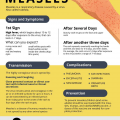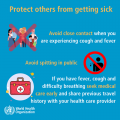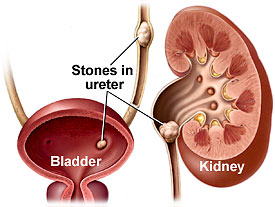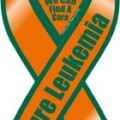Ebola virus is the only virus in the Zaire Ebola virus species. It is considered to be the most dangerous of the five known viruses within the genus Ebola virus. Among these five known Ebola viruses, four are known to cause severe and fatal hemorrhagic fever in humans and other mammals. These viruses are known as Ebola virus disease. Both the virus and its species were earlier named on Zaire, a country where it was first described. Initially, it was suspected to be a new “strain”, which is closely related to Marburg virus. This virus is a part of virological taxon species from the genus Ebola virus, family Filoviridae, order Mononegavirales. The Zaire Ebola virus species is also the type species for Ebola virus. It is transmitted from animals to humans through body fluids.
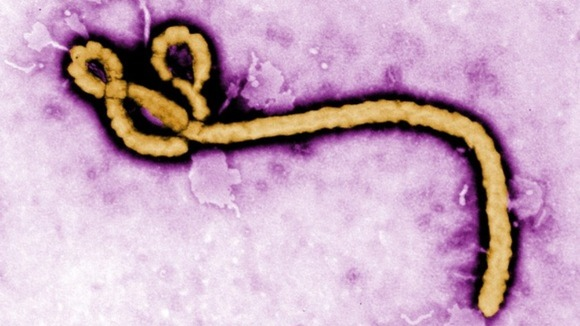
Ebola Virus
Ebola is a contagious disease like other common viruses such as influenza, cold or measles. The Ebola transmission takes place when people come in contact with the skin or even body fluids of an infected animal like a chimp, monkey or fruit bat. Usually, people who tend to be around a sick person or have buried someone who has died from the disease are likely to contract it. Other ways a person can get Ebola disease include touching contaminated needles or surfaces.
What are the several signs and symptoms of Ebola?
Initially, Ebola may feel like the flu or other illnesses. The symptoms of Ebola start showing up 2-21 days after the infection. Some of the typical Ebola signs and symptoms include:
- High fever
- Headache
- Joint and muscle aches
- Sore throat
- Weakness
- Stomach pain
- Loss of appetite
As the symptoms of Ebola increase, it causes bleeding inside the body including eyes, ears and nose. Some patients may also vomit or cough blood or even get bloody diarrhea and rashes.
Diagnosis of Ebola
Sometimes, it is difficult to diagnose whether a person has Ebola from its symptoms. So, doctors ask patients to go through some tests to rule out other diseases like malaria and cholera. The tests of blood and tissues also help in diagnosing Ebola. Due to the severity of the disease, Ebola patients are immediately isolated from the public to prevent Ebola disease from spreading.
Also Read: Ebola Bioterrorism: Reality or a Science fiction?
How to reduce the risk of Ebola virus?
Since there is a lack of effective Ebola virus treatment or vaccine, it is necessary to raise awareness about the disease and the risk factors of the infection. People need to be aware of the preventive measures that need to be taken for reducing the chances of infection. It is important to spread public health messages in places like Africa, where many people are infected with this disease and have lost their lives because of it. Listed here are some of the risk reduction factors that need to be focused on.
– To prevent animal to human transmission of Ebola, it is necessary to wear protective clothing like gloves when handling animals. Also, avoid consuming raw meat and make sure that all the animal products are properly cooked.
– To avoid human to human transmission, it is essential to keep a distance from infected patients. The transmission of Ebola becomes simpler when people come in direct contact with Ebola patients. While taking care of Ebola patients at home, it is essential to wear protective gear like gloves when being in close physical contact. Follow standard sanitary measures that include washing hands after being near an infected patient.
Even though there is no specific Ebola treatment available, these preventive measures can prove useful in staying away from this deadly infection. Also, watch for any symptoms of Ebola and consult a doctor quickly if a person shows the signs and symptoms.
Nutritionist, herbalist, health and medicine writer and yoga enthusiast, Amelia Smith, is a professional in the health, nutrition and diet industry.


 (7 votes, average: 4.00 out of 5)
(7 votes, average: 4.00 out of 5)






